Karen Wespieser - Ofsted Post-16 Review
Does having inspectors record a judgement about special educational provision as part of an Ofsted inspection improve coverage of the issue? Karen Wespieser investigates…
Over Christmas – which feels like a lifetime ago following the recent disrupted term of education – nasen asked me to review Ofsted inspection reports conducted and published under the new Education Inspection Framework (EIF). Whilst I found much to be positive about, the headline for many was the small proportion of inspection reports that didn’t mention SEN at all.
This summer nasen asked me to replicate the methodology, but this time look at post-16 education. I focused in on Further Education (FE) Colleges, Sixth Form Colleges (SFC) and 16-19 Academies. In total there were 55 reports to review which had been published between September 2019 and June 2020 (a much smaller sample than the 766 mainstream school reports, and a sample size that must be treated with caution).
Although both schools and Post-16 institutions follow the EIF, there is one very big difference. Post-16 institutions are also subject to judgements in four additional areas, one of which is ‘provision for learners with high needs.’ With this as a specific criterion, reports couldn’t fail to mention SEN… could they?
Mentions of SEN
All full inspections mentioned provision for learners with high needs. On average, reports contained three mentions, although in one case there were over ten mentions. Mentions were higher in FE Colleges than in SFC (FE averaged 3.8 mentions across 36 reports, whereas SFCs averaged just 1.5 across 19 reports). SEN was covered in greater detail in underperforming institutions than those deemed to be performing well, with an average of 3.9 mentions across 15 Inadequate and Requires Improvement (RI) outcomes compared to 2.7 mentions in the 40 institutions graded Good or Outstanding.
However, there were four reports that did not mention provision for learners with high needs. These were all short inspections (two FE colleges, one 16-19 academy and one SFC), but this shouldn’t matter. In the full sample there were 12 short inspections, and the majority of these mentioned SEN, so it is not an impossibility to do so, despite in some cases inspectors looking at provision across multiple sites and for thousands of learners in a very limited timeframe.
SEN as an area for improvement
Fifteen reports include SEN in the section of the report highlighting what the provider needs to do to improve. Whilst nine of these were when ‘provision for learners with high needs’ was specifically rated as Requiring Improvement, there were also six cases where it was highlighted as an area for improvement despite being rated as Good for this type of provision.
Judgements about learning and programmes
All the reports (that mentioned SEN) included a reference to the programmes for this group of students and their learning. In particular, many inspection reports (30) included comments of provision related to independence / independent living, for example:
staff carefully select placements for learners with high needs that suit the stage they have reached in their journey towards independence
Whilst the majority of reports also included commentary on staffing, management and processes related to learners with high needs, there were a small number (9) that did not cover these areas at all. Safeguarding, for example, was only mentioned in two reports.
High needs funds or high needs learners
One interesting nuance in the reports was where reports make specific mention of the funding that is attached to high needs provision. This was explicit in ten of the reports. In some it was in relation to how funding is managed, e.g.:
Leaders and managers use high needs funding effectively. They use most of this funding to provide specialist staff who help learners with high needs to participate fully in learning. These experts also train other staff to support learners more effectively.
However, on other occasions, it was used to describe the learners themselves, e.g.:
For learners in receipt of high-needs funding, staff fail to provide individualised targets and feedback to ensure that they make good progress in their development.
My judgment on Ofsted reports
If I were asked to make a singular judgement on these reports, I would say they are Good. Despite the limited length of the reports and the large number of areas that they need to cover, the vast majority provide a clear picture of SEN provision. If I were a learner with SEN or their parent or carer, I think by reading a Post-16 Ofsted report I would be able to obtain (in the majority of instances) a good picture of the type of provision on offer. But if Ofsted want an Outstanding grade, they must ensure every single report that they publish speaks to this important group of learners.
Karen Wespieser is an educational researcher and COO of Teacher Tapp and Parent Ping.



![Specialist spotlight sessions web advertising banner [banner reads "Specialist Spotlight. Free online discussions. Book Now"]](https://asset.nasen.org.uk/styles/690_auto/public/media/2023-09/Specialist%20spotlight%20web%20advertising%20banner_0.png?itok=WZgUdjWs)

![Peer Mentoring Project Banner [An advertising banner for the universal services Peer Mentoring Project. Text on banner reads 'Peer Mentoring Project The peer mentoring project supports leaders in mainstream schools that, following an Ofsted inspection have been identified as requires improvement.']](https://asset.nasen.org.uk/styles/690_auto/public/media/2023-01/Peer%20Mentoring%20Banner_0.png?itok=xm_9U5w1)

